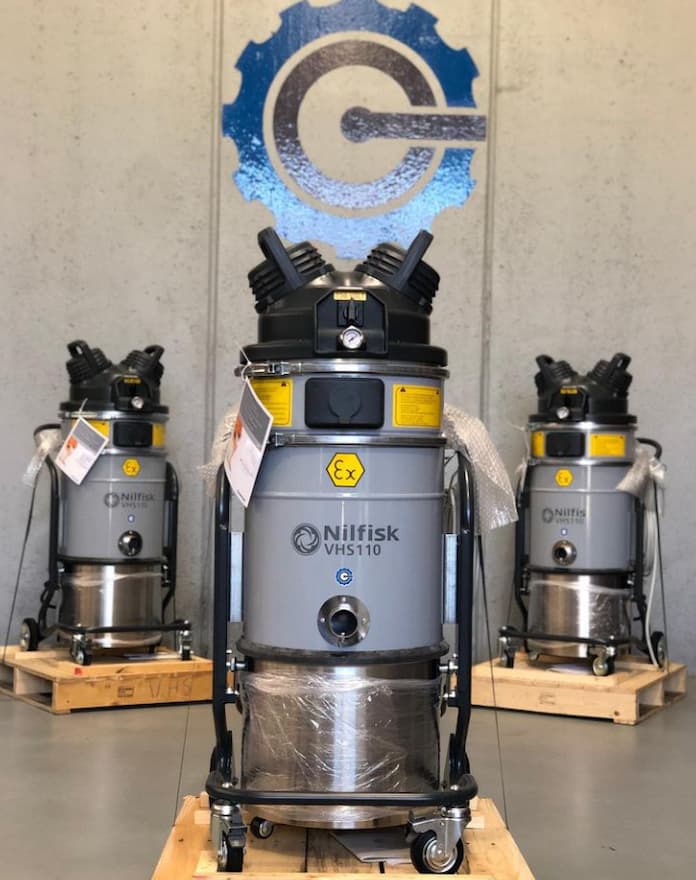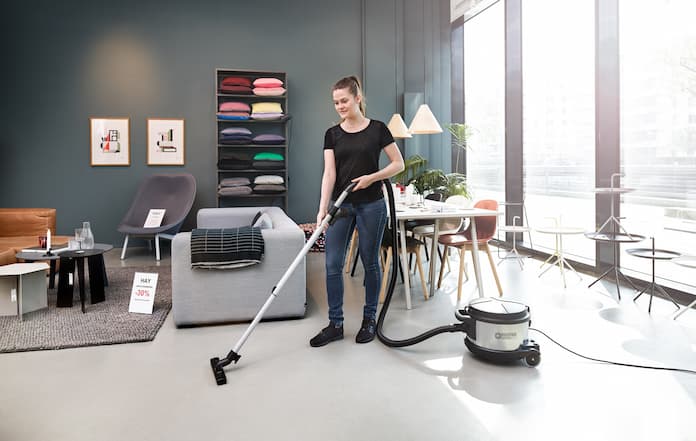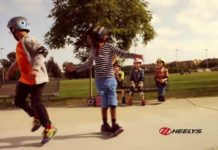
Warehouse cleanliness is crucial for safety, health and efficiency in daily operations. Maintaining a pristine work environment is key to reducing accidents, increasing productivity, and ensuring compliance with regulations. Plus, when everything is organised in a warehouse, it’s way easier to track inventory.
But, managing and maintaining a space that big can be a bit overwhelming. To navigate this, it’s important to follow specific techniques and equip yourself with the right tools. Here are seven essential cleaning tips to guide you in maintaining your facility in top-notch condition.
Develop a Cleaning Plan
Cleaning a space as big as a warehouse requires creating a systematic plan and sticking to it. A cleaning schedule will help you maintain all facility areas regularly. Consider creating a checklist and adding your tasks to a calendar to make the process more efficient. Focus on cleaning high-traffic areas daily to avoid debris and dust buildup.
For example, restrooms and loading docks are more prone to dirt than other spots, so develop your cleaning plan accordingly. Meanwhile, less active areas in your warehouse such as stocking shelves, offices, and equipment storage rooms should be maintained at least once a week. Make sure to tailor your schedule to match your warehouse size, activities, and cleaning needs.
Invest in Industrial-Grade Vacuums

Investing in industrial-grade vacuums for warehouse cleaning and maintenance is crucial for several reasons, as these powerful machines play a significant role in promoting cleanliness, safety, and overall operational efficiency. When choosing a heavy duty industrial vacuum cleaner, several key considerations come into play.
Firstly, the scale of warehouses demands robust cleaning solutions. Industrial-grade vacuums, especially those built for heavy-duty applications, are equipped with powerful motors and advanced filtration systems. This allows them to effectively tackle large areas, removing dust, debris, and even fine particles that might pose health hazards or damage machinery.
Warehouse environments often present unique challenges, including the presence of heavy machinery, pallets, and uneven surfaces. Heavy-duty industrial vacuums are designed to withstand these conditions, featuring durable construction and specialised attachments for efficient cleaning across various surfaces. That said, look for models with sturdy wheels and a design that can navigate easily through the warehouse floor, ensuring accessibility to all areas.
Efficiency is another critical factor to think about. Industrial-grade vacuums, especially heavy-duty variants, offer high suction power and a larger capacity for debris collection. This translates to reduced cleaning time, increased productivity, and a more thorough cleaning process.
Moreover, considering the nature of warehouse operations, it’s essential to choose a heavy duty industrial vacuum cleaner with versatile capabilities. Look for models that can handle different types of debris, from large particles to fine dust, and can adapt to various surfaces without compromising performance. Sellers often categorise industrial vacuums into H-Class, M-Class, and L-Class, reflecting distinct filtration systems.
H-Class suits hazardous dust like asbestos, M-Class handles moderately hazardous materials, and L-Class is for general cleaning. Choosing the right class ensures effective cleaning while meeting safety standards, making these classifications crucial for tailoring vacuum choices to specific industrial settings.
Maintenance is a key aspect often overlooked. Opt for industrial vacuums with easy-to-clean filters and accessible dustbins. This not only simplifies upkeep but also contributes to the longevity and consistent performance of the equipment.
Safety is also vital in warehouse settings. Selecting industrial vacuums equipped with features like anti-static capabilities is crucial for environments where flammable materials may be present. Additionally, ensuring that the vacuum complies with relevant safety standards is paramount.
Use Proper Cleaning Agents
Equipping your staff with proper cleaning agents helps preserve your assets and ensures safety. The most common cleaning solutions used in industrial settings include disinfectants, multi-purpose cleaners, degreasers for machinery and glass cleaners. When making choices, prioritise user-friendly and safe products with clear instructions and low toxicity.
Ensure the agents are compatible with the various surfaces and materials present in your warehouse to prevent damage. It’s also beneficial to opt for eco-friendly substances with low fumes. Remember to prioritise quality over cost as these chemicals affect the well-being of your employees. By picking the right cleaning agents based on these points, you not only make your workspace safer and cleaner but also boost overall efficiency and sustainability in your warehouse.
Take Dust Control Measures

Dust accumulation poses a huge risk to product integrity and employee health. That said, you need to employ effective dust control measures to keep everything in check. Besides utilising vacuums, make sure the staff dust surfaces from top to bottom by using microfibre cloths. Don’t neglect hard-to-reach spots such as on top of shelves or under furniture where dust usually accumulates.
Other beneficial measures include employing air purifiers, installing a ventilation or fogging system in larger areas, and covering machines to prevent dust settlement. Additionally, think about putting up dust control barriers in the form of curtains to prevent dust spread from one section to another.
Consider a Proactive Spill Management
Proactive spill management is crucial for maintaining a safe and efficient industrial facility. By implementing a well-defined spill response plan, you can significantly reduce the risk of accidents and minimise potential environmental impacts. Do this by placing spill kits strategically throughout the facility and ensuring that your team is well-versed in immediate and effective cleanup procedures. This proactive approach not only reduces the risk of accidents and environmental impact but also fosters a culture of shared responsibility. Additionally, consider coating the warehouse floor with a non-slip coating to facilitate easier spill cleanup and prevent accidents.
Take Care of Safety First
Safety is paramount in any workplace, especially when handling industrial cleaning tasks. Prioritise the well-being of your staff by equipping them with proper Personal Protective Equipment (PPE). This includes essentials such as gloves, goggles, respirators, and protective suits tailored to the task at hand.
Implement comprehensive safety training programs to educate your staff on proper procedures and foster a culture of compliance with safety regulations. By emphasising the use of PPE and ensuring adherence to safety protocols, you create a secure environment for your team, minimising risks associated with industrial cleaning chemicals and promoting a culture where safety always comes first.
Monitor and Evaluate
Regularly assessing warehouse cleanliness is essential for optimal operations. Utilise simple checklists and gather feedback from your staff to identify areas for improvement. Implement routine inspections, whether monthly or quarterly, to maintain high standards. Leverage monitoring systems for a comprehensive overview. After the monitoring, you can adjust your cleaning plan based on evaluations to ensure ongoing effectiveness. This streamlined approach fosters a consistently clean warehouse while also enhancing efficiency and safety.















